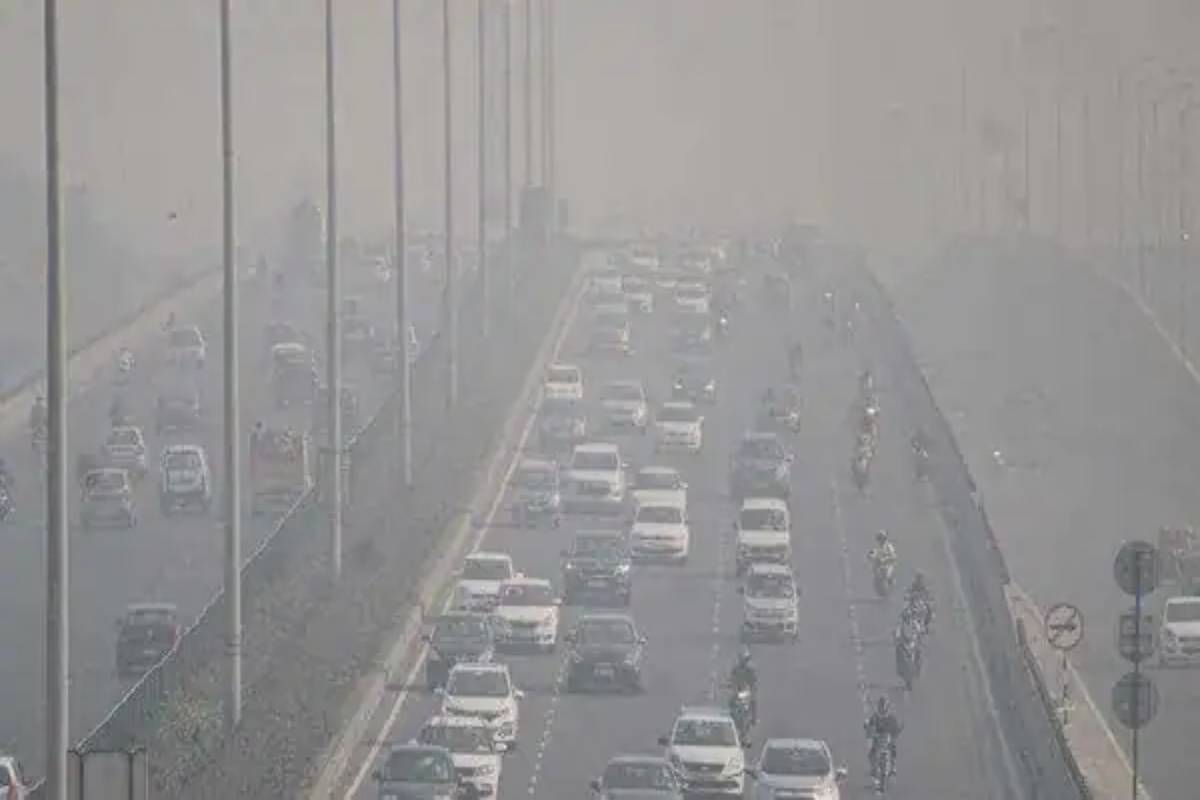As winter sets in, Delhi once again confronts an extreme pollution crisis that places public health and well-being at significant risk. The seasonal smog ~ dense with particulate matter like PM2.5 ~ has turned the capital’s air quality “hazardous” and driven pollution levels to some of the highest globally, although television anchors seem to find dubious comfort in the harsher conditions of Lahore. In Delhi, though, reduced visibility, grounded flights, and warnings to stay indoors reflect an emergency affecting millions, with potentially severe longterm health consequences.This toxic air is partly a result of meteorological conditions specific to the season.
As temperatures drop and wind speeds weaken, pollution particles are trapped closer to the ground. Combined with high humidity, these conditions create thick fog that exacerbates pollution levels. Yet, while nature plays a role, human activities lie at the heart of this crisis. Vehicle emissions, industrial discharge, and the seasonal burning of crop stubble are all significant contributors. Each winter, a haze forms over the city. This is a tragic and predictable pattern reflecting systemic issues in air quality management and enforcement. Authorities have implemented temporary measures and banned some outdoor activities. However, these interventions remain reactive rather than preventive. Addressing the problem demands deeper, more effective solutions that target root causes. For example, stricter enforcement of emission standards for vehicles and industries, combined with accelerated efforts to promote cleaner public transportation, could help.
Advertisement
Additionally, India must urgently add ress the annual practice of crop burning. Providing farmers with alternatives, such as subsidised machinery for crop residue management, could reduce emissions without imposing further financial strain on agricultural communities. Furthermore, India’s diverse pollution monitoring standards reveal the complexities in responding to this crisis. Different systems and thresholds used to cla ssify pollution levels can lead to discrepancies, complicating public understanding of how severe conditions truly are. Standardising air quality measurements across regions and aligning them with global standards could offer a clearer picture and drive more decisive action. For residents, the health implications of such prolonged exposure are profound, with higher risks of respiratory, cardiovascular, and even neurological conditions.
Immediate relief measures like air purifiers, face masks, and staying indoors can help, but they do little to address the broader public health emergency facing the city’s most vulnerable. To improve health outcomes, public awareness campaigns and easy access to real-time air quality data can empower citizens to take steps toward self-protection. The larger challenge, however, remains systematic reform. Air quality is not merely a seasonal issue but a year-round crisis exacerbated in the winter.
Sustainable change will require stricter regulations, incentives for cleaner technologies, and a commitment to transitioning away from pollutant-heavy practices. Given the magnitude of the problem, collaboration between government agencies, private industry, and the public is critical. This winter’s pollution should be a call to action, compelling Delhi and India to prioritise clean air as a fundamental right. But this lament has been raised before, and will be raised next year, because, sadly, little is likely to chang
